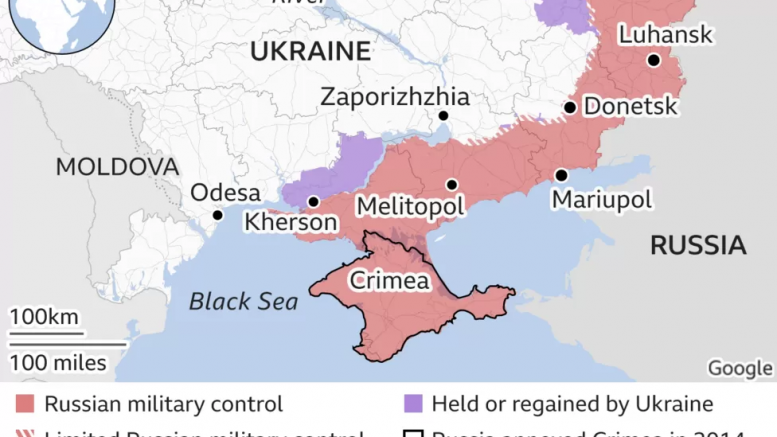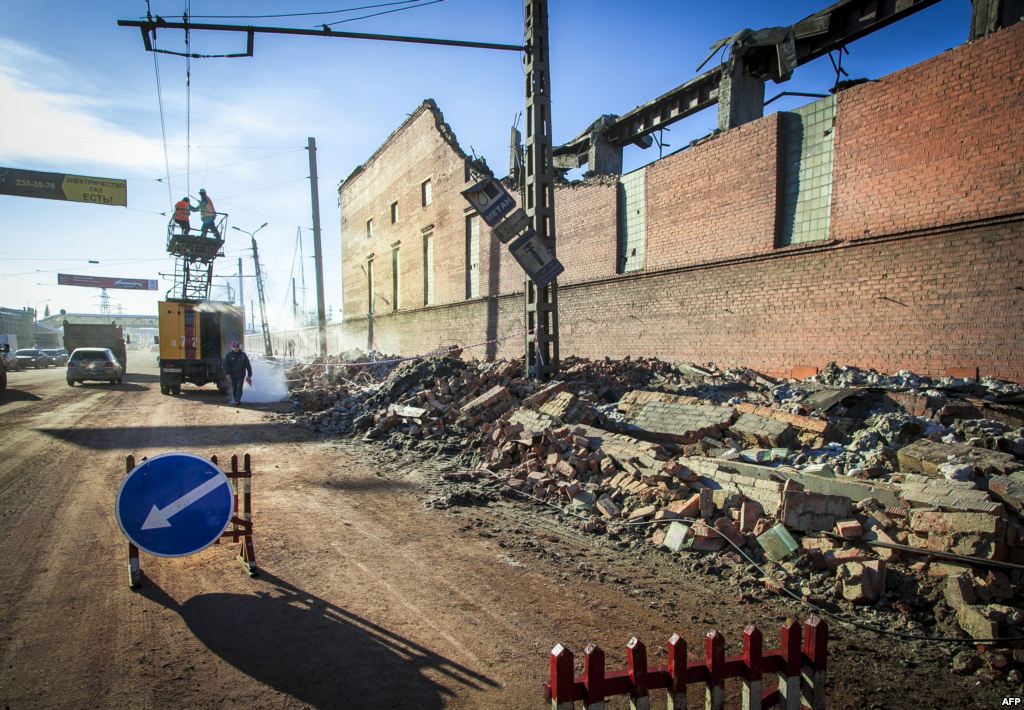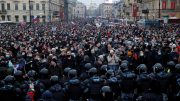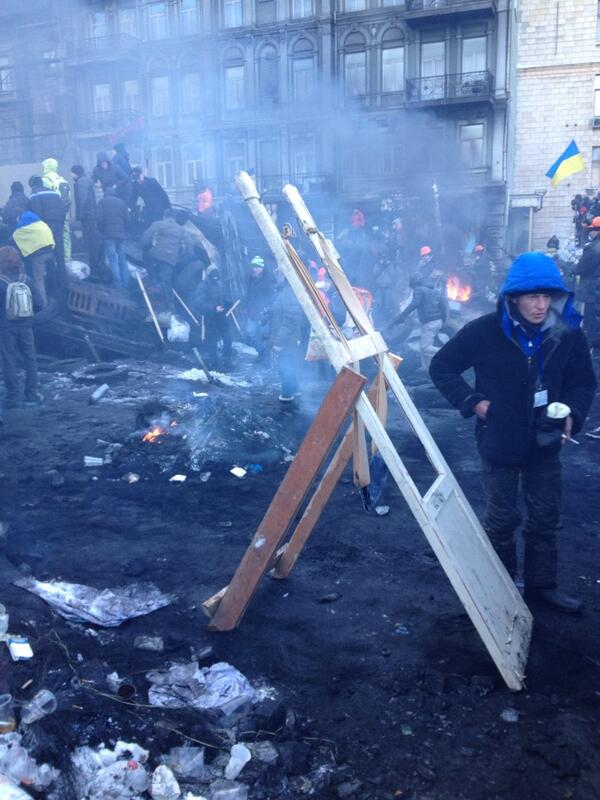This month in Ukraine saw a continuation of the counteroffensive that began in late August, with significant fighting taking place in southeastern Ukraine. The city of Kherson, located on the Black Sea and Dnipro river, was a significant battleground, as were surrounding areas. Russia also launched missile strikes across Ukraine, and one missile of unknown origin struck a Polish town, killing two civilians.
International Relations
Early on in the month, National Security Council spokesman John Kirby accused the DPRK (North Korea) of supplying Russia with a “significant” amount of artillery. Earlier this year, North Korea also launched many ballistic missile tests near Japanese waters, including its most powerful warheads to date.
The U.S. will send another $400 million worth of weapons to aid Ukraine, including artillery, missiles, and advanced air defense systems, the latter of which are crucial to protect Ukrainian infrastructure from Russian air attacks. With Republicans having taken control of the house of representatives following the recent midterms, there is speculation that a GOP-controlled house may cut aide to Ukraine to appease an “America First” agenda.
On Nov. 15, a missile struck the Polish town of Przewodow, killing two civilians. Poland, as a member of NATO, (North Atlantic Treaty Organization) invoked Article 4 of the NATO charter to consult with fellow NATO members on the incident. Initial assessment suggested that the strike was caused by a Ukrainian air defense missile attempting to shoot down a Russian missile, although the missile’s origin is still uncertain.
The European Parliament labeled Russia a state sponsor of terrorism for its missile attacks on Ukrainian civilian targets.
Major Battles
The Zaporizhzhia Nuclear Power Station was forced to run on its backup diesel generators following Russian shelling that damaged transition lines. There are concerns that Russia may use the Zaporizhzhia Station and other Nuclear Power Plants as nuclear weapons, threatening millions of Europeans across multiple countries.
Gen. Sergei Surovikin, the Russian commander in Ukraine, announced the retreat of Russian forces from the city of Kherson on Nov. 9 due to supply difficulties. The Russian troops retreated to the east bank of the Dnipro river. On Nov. 11, Ukrainian troops liberated the city with little resistance, and there were celebrations in the streets. Ukrainian president Volodymyr Zelenskyy stated that, “Hope for Ukraine is always justified – and Ukraine always returns its own.”
In mid-November, Russia launched a volley of missiles at Ukrainian targets such as power stations, buildings, and other infrastructure, with the goal of exhausting Ukraine’s ability to fight according to the Pentagon. More missiles were launched later in the month, and the neighboring country of Moldova, in addition to much of Ukraine, faced blackouts.
The War Ahead
The missile strikes launched against Ukrainian infrastructure were severely damaging to Ukraine’s power grid, and similar attacks could prove even more dangerous as winter approaches and temperatures drop. Although Western sources believe Ukraine’s troops to be better-equipped for cold-weather conflict than the Russians, thanks to international support, it may be harder for Ukraine to advance in winter conditions. Peaceful negotiations are still far-off at this point, and the outcome of the conflict into 2023 remains unseen.






Be the first to comment on "Ukraine War in November: Counteroffensive, Missile Scares, the Winter Ahead"